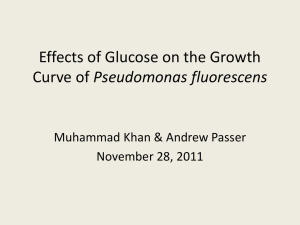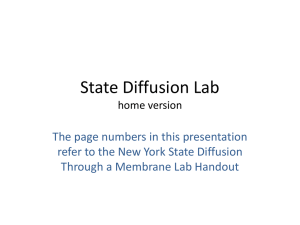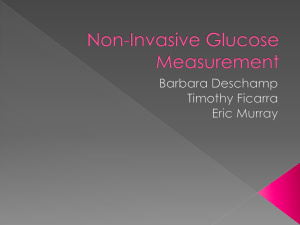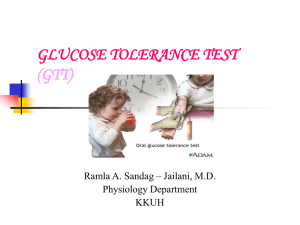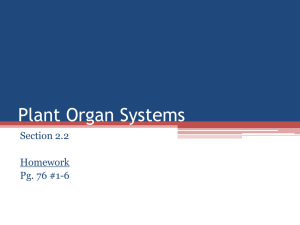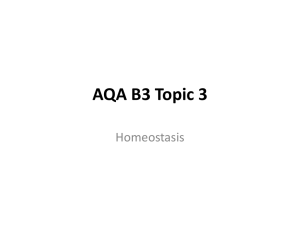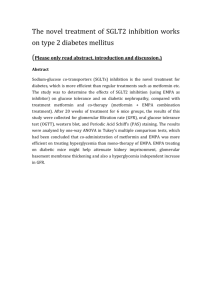for Lesson 5: Anatomy and physiology of type 2 diabetes
advertisement
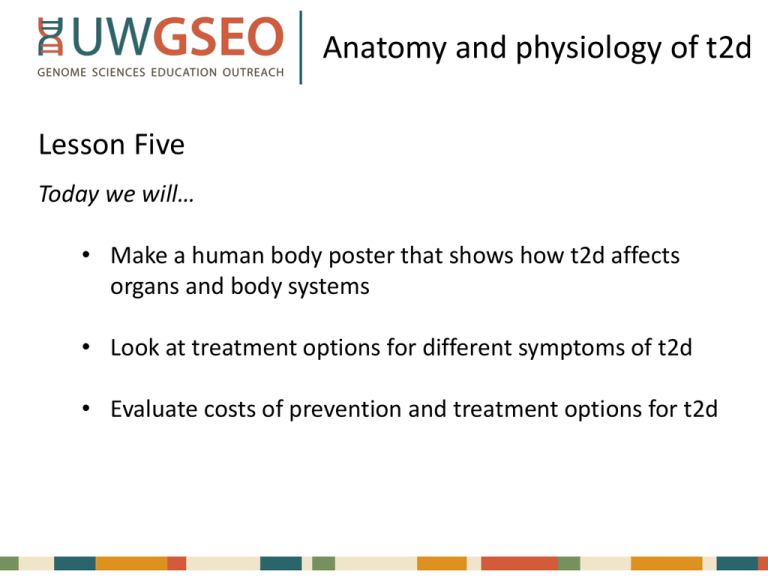
Anatomy and physiology of t2d Lesson Five Today we will… • Make a human body poster that shows how t2d affects organs and body systems • Look at treatment options for different symptoms of t2d • Evaluate costs of prevention and treatment options for t2d Lesson 5 “If current trends continue, 1 in 3 U.S. adults will have diabetes by 2050.” Center for Disease Control and Prevention http://www.cdc.gov/chronicdisease/resources/publications/aag/ddt.htm Many body organs are affected by type 2 diabetes. Today’s lesson focuses on: Heart Kidneys Brain Eyes Feet (limbs) Image: Wikimedia Commons Three mechanisms Three ways type 2 diabetes damages cells and organs: 1. Polyol Pathway 2. Advanced Glycation End Products (AGEs) 3. Atherosclerosis 1. Polyol Pathway Cells in the kidney, eye, and nerves take up glucose in the absence of insulin Inside the cell, glucose is converted to a substance (sorbitol) which builds up because it cannot get out. Water flows into the cell and can cause the cell to burst (think of a water balloon). This is a key mechanism for nerve and retina damage 2. Advanced Glycation End Products (AGEs) Glucose attaches to proteins glucose AGEs cross-link proteins and contribute to tissue stiffness in heart, bone and muscle. protein AGE damage can also make small blood vessels leaky This is a key mechanism for eye and kidney damage. 3. Atherosclerosis Large blood vessels also become leaky due to AGEs Layers of fat and cholesterol start to accumulate along the vessel walls. This makes the blood vessel stiff and narrows the channel. Atherosclerosis leads to high blood pressure, causing the heart to work harder. This is a key mechanism for heart failure and stroke. It also contributes to kidney failure. 1. Polyol Pathway TREATMENT Cells in the kidney, eye, and nerves take up glucose in the absence of insulin Inside the cell, glucose is converted to a substance (sorbitol) which builds up because it cannot get out. Water flows into the cell and can cause the cell to burst (think of a water balloon). Can the enzyme that converts glucose into sorbitol be inhibited? Still working on it… This is a key mechanism for nerve and retina damage 2. Advanced Glycation End Products (AGEs) TREATMENT Glucose attaches to proteins glucose AGEs cross-link proteins and contribute to tissue stiffness in heart, bone and muscle. protein AGE damage can also make small blood vessels leaky Drugs that inhibit the formation of AGEs have been tested, but…none have been shown to reduce kidney damage. Yet. This is a key mechanism for eye and kidney damage. 3. Atherosclerosis TREATMENT Large blood vessels also become leaky due to AGEs Layers of fat and cholesterol start to accumulate along the vessel walls. Balloon angioplasty can help to open narrow vessels This makes the blood vessel stiff and narrows the channel. Atherosclerosis leads to high blood pressure, causing the heart to work harder. This is a key mechanism for heart failure and stroke. It also contributes to kidney failure. Pathways to organ damage Chronic Elevated Blood Glucose Nerve damage EYES LIMBS Capillary damage KIDNEYS Large blood vessel damage HEART BRAIN Pathways to organ damage Chronic Elevated Blood Glucose Where should money for treatment and/or prevention be spent? Nerve damage EYES LIMBS Capillary damage KIDNEYS Large blood vessel damage HEART BRAIN Prevention and Treatment $$ Normal Blood Glucose Levels Elevated Blood Glucose = PREDIABETES More Reversible TYPE 2 DIABETES $$$$$ with severe complications such as organ damage Less Reversible


